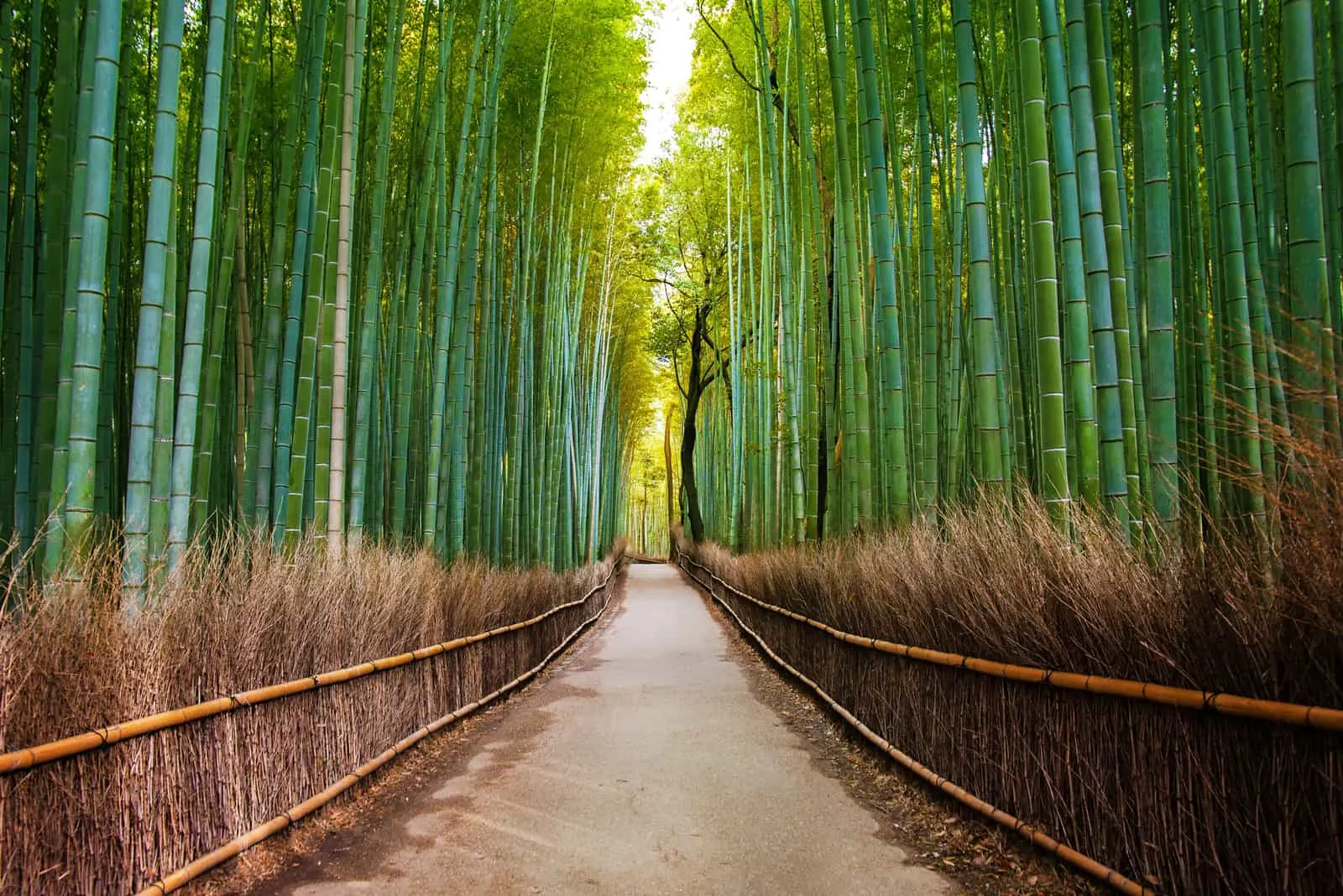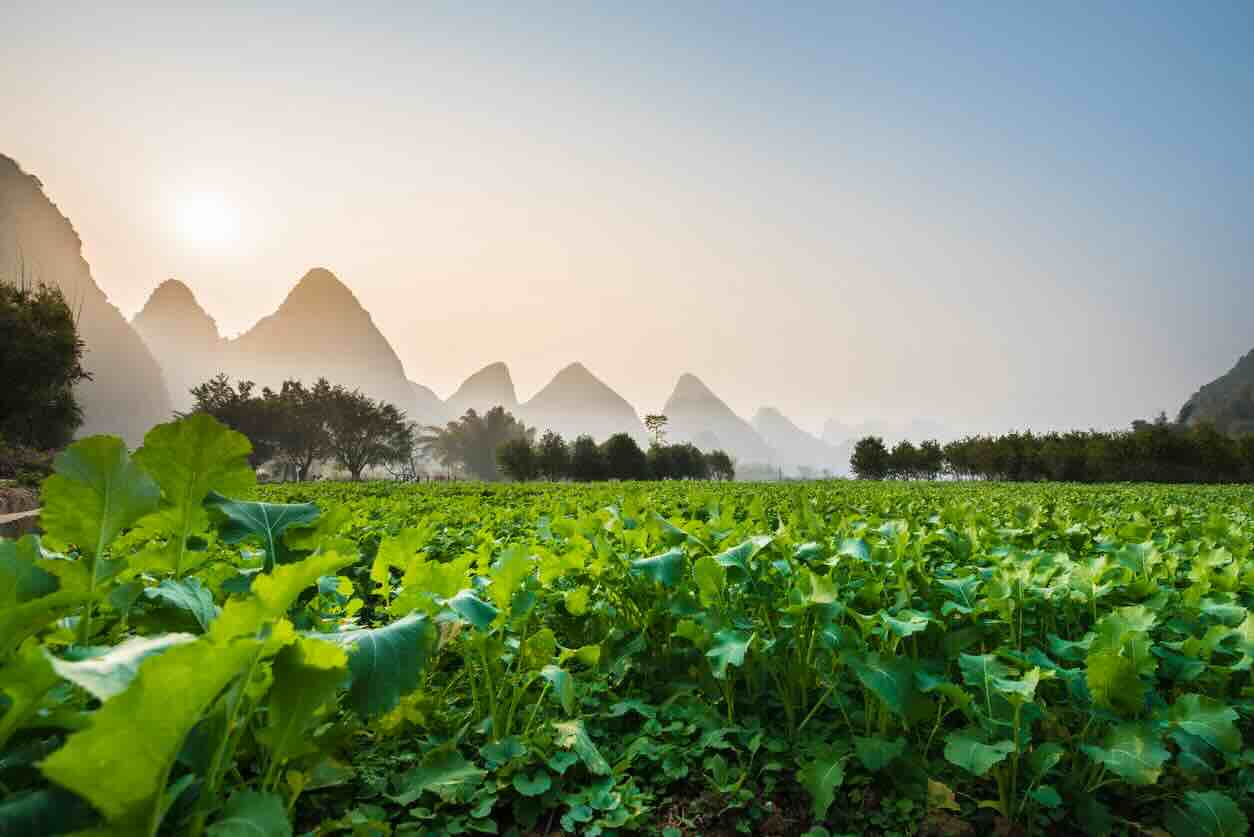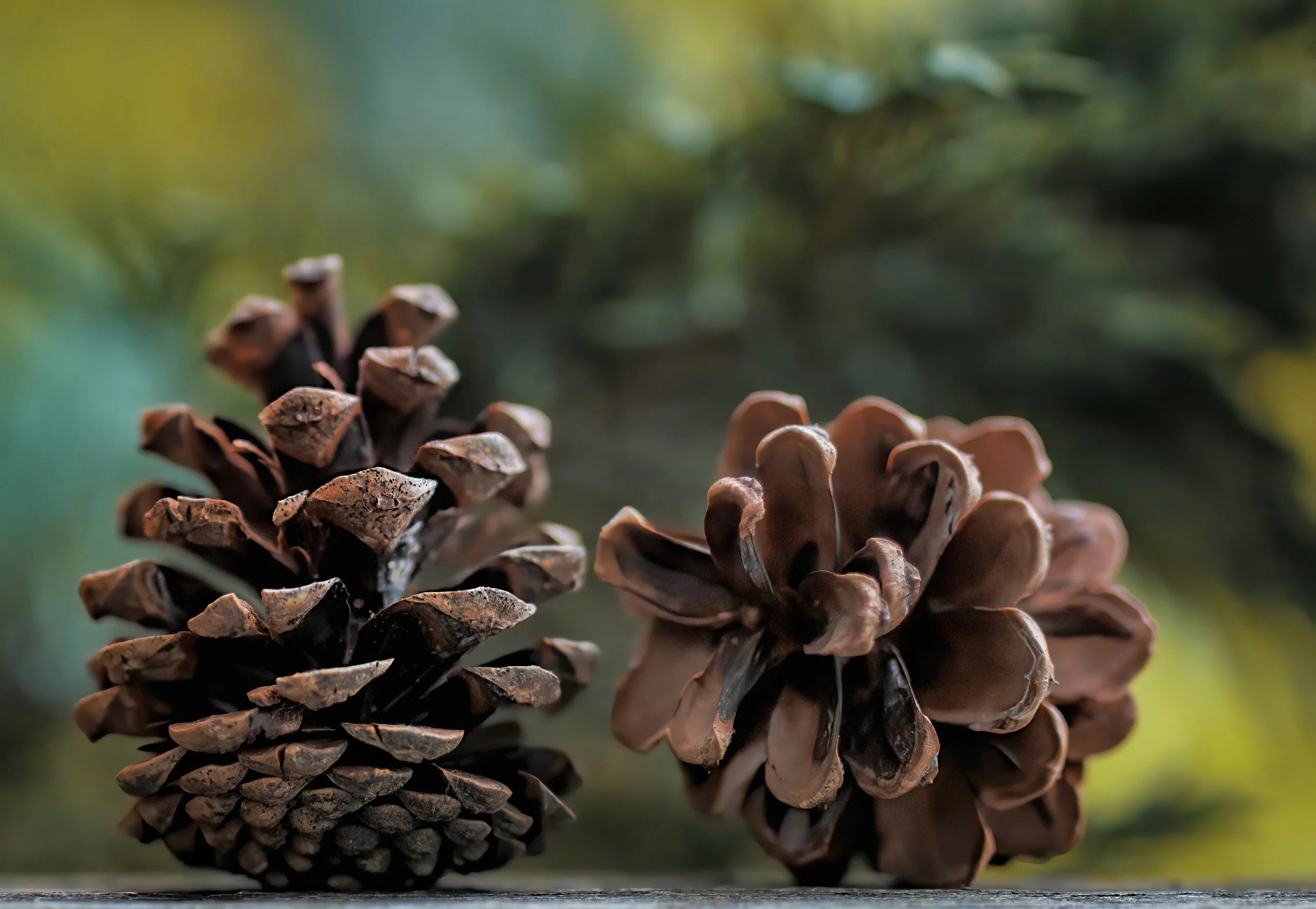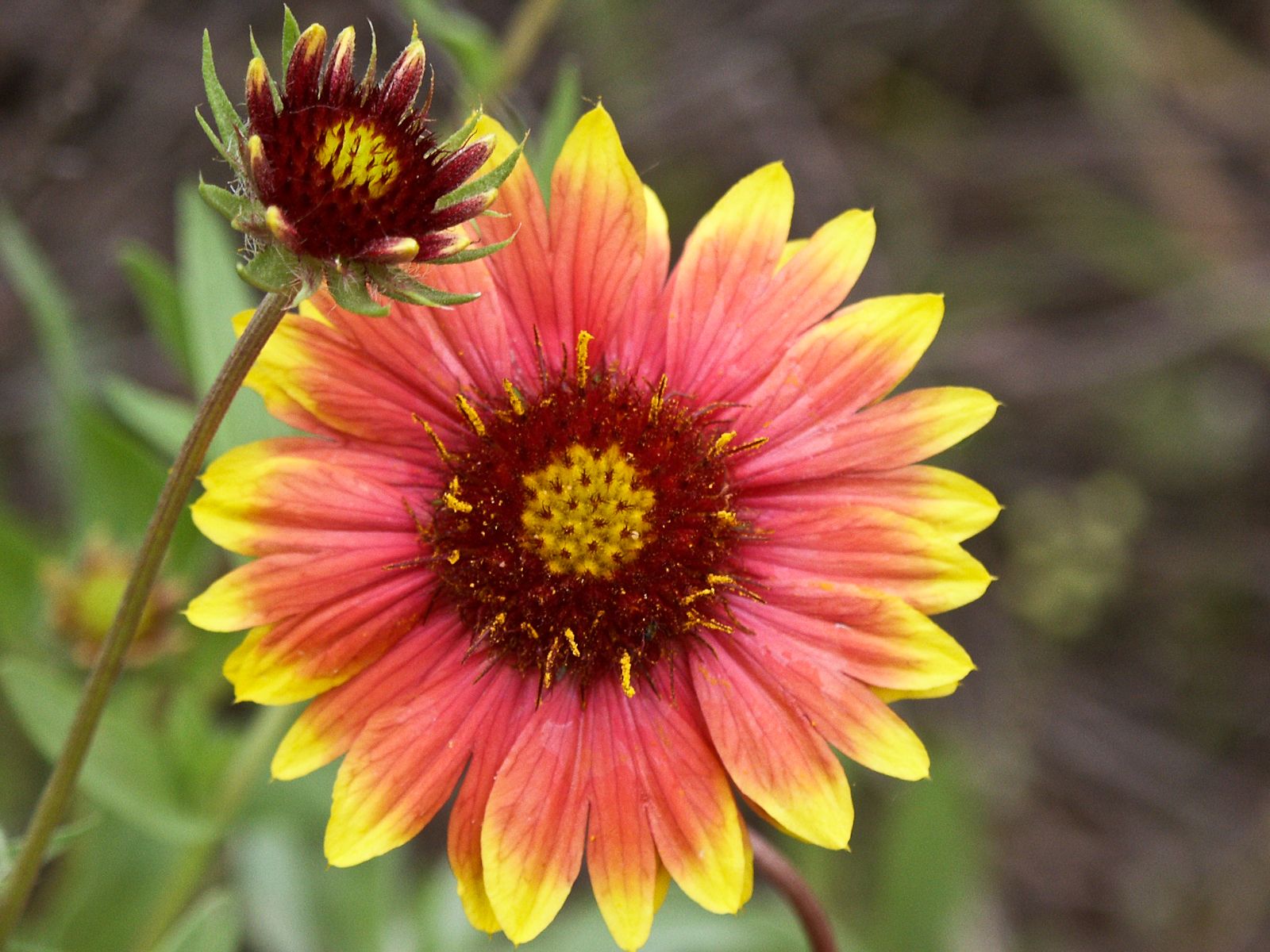Home>Gardening & Outdoor>Landscaping Ideas>What Is The Name Of The Tallest Grass On Earth


Landscaping Ideas
What Is The Name Of The Tallest Grass On Earth
Modified: March 27, 2024
Discover the tallest grass on earth and get landscaping ideas to incorporate it into your outdoor space. Learn how to enhance your garden with this impressive plant.
(Many of the links in this article redirect to a specific reviewed product. Your purchase of these products through affiliate links helps to generate commission for Storables.com, at no extra cost. Learn more)
Introduction
Introduction
The tallest grass on Earth, known as bamboo, is a remarkable plant that has captivated human interest for centuries. With its towering culms and versatile applications, bamboo holds a special place in various cultures and ecosystems around the world. This article aims to explore the characteristics, habitat, importance, threats, and conservation efforts related to the tallest grass, shedding light on its significance and the need for its preservation. Join us on this journey to uncover the wonders of the world's tallest grass and its vital role in our environment.
Characteristics of the Tallest Grass
Key Takeaways:
- Bamboo, the tallest grass on Earth, is crucial for the environment, culture, and economy. Its rapid growth and diverse uses make it a symbol of sustainability and resilience.
- Bamboo faces threats like habitat loss and overexploitation, but conservation efforts, including sustainable management and community engagement, are vital for its preservation.
Read more: What Is The Tallest Grass On Earth
Characteristics of the Tallest Grass
Bamboo, the tallest grass on Earth, exhibits a range of distinctive characteristics that contribute to its uniqueness and ecological importance. Here are some key features that define this remarkable plant:
- Height: Bamboo holds the record as the tallest grass, with some species reaching staggering heights of over 100 feet. This exceptional vertical growth makes bamboo an unparalleled botanical marvel.
- Rapid Growth: One of the most remarkable traits of bamboo is its rapid growth rate. Certain species of bamboo have been known to grow several feet in a single day under optimal conditions, making it one of the fastest-growing plants on the planet.
- Strength and Flexibility: Bamboo culms possess remarkable strength and flexibility, making them a preferred construction material in many parts of the world. The combination of strength and flexibility allows bamboo to withstand significant loads and natural forces, making it an ideal choice for various structural applications.
- Diverse Species: Bamboo encompasses a diverse range of species, each with its own unique characteristics and uses. From the towering timber bamboo to the delicate ornamental varieties, the diversity within the bamboo family contributes to its widespread adaptability and utility.
- Ecological Benefits: In addition to its physical characteristics, bamboo plays a crucial role in environmental conservation. Its extensive root system helps prevent soil erosion, while its rapid growth aids in carbon sequestration, making it a valuable asset in the fight against climate change.
These characteristics collectively illustrate the exceptional nature of bamboo, highlighting its significance as the tallest grass on Earth and emphasizing its multifaceted contributions to ecosystems and human societies worldwide.
Habitat of the Tallest Grass
Habitat of the Tallest Grass
Bamboo, the tallest grass on Earth, thrives in diverse habitats across the globe, showcasing its remarkable adaptability to varying environmental conditions. Here are some key aspects of the habitat of the tallest grass:
- Global Distribution: Bamboo is found on nearly every continent, with the exception of Europe and Antarctica. Its presence spans a wide range of climates, from tropical rainforests to temperate zones and even high-altitude mountain regions.
- Tropical Regions: Many bamboo species flourish in tropical climates, where abundant rainfall and warm temperatures provide optimal conditions for their growth. The lush, humid environments of tropical rainforests offer an ideal habitat for numerous bamboo varieties, contributing to the rich biodiversity of these regions.
- Temperate Zones: Certain species of bamboo are well-adapted to temperate climates, thriving in areas with distinct seasons and moderate precipitation. These bamboos can be found in regions such as East Asia, where they form extensive groves and play a vital role in the local ecosystems.
- Mountainous Terrain: Bamboo’s resilience is evident in its ability to thrive in mountainous terrain, including high-altitude regions. Some species of bamboo are known to grow at elevations exceeding 12,000 feet, demonstrating their adaptability to challenging environmental conditions.
- Wetlands and Riparian Areas: Bamboo exhibits a particular affinity for wetlands and riparian areas, where its extensive root systems help stabilize soil and prevent erosion along riverbanks and water bodies. These habitats provide essential support for diverse wildlife and contribute to the overall health of aquatic ecosystems.
The diverse habitats in which bamboo flourishes underscore its versatility and resilience, showcasing its ability to thrive in a wide array of environmental settings. This adaptability further emphasizes the significance of the tallest grass as a vital component of numerous ecosystems worldwide.
Importance of the Tallest Grass
Importance of the Tallest Grass
Bamboo, the tallest grass on Earth, holds immense ecological, cultural, and economic significance, playing a pivotal role in diverse aspects of human life and the natural world. Here are some key points highlighting the importance of the tallest grass:
- Environmental Stewardship: Bamboo serves as a critical player in environmental conservation and sustainability. Its rapid growth rate and extensive root system make it an effective tool for soil stabilization, erosion control, and watershed protection. Additionally, bamboo’s capacity for carbon sequestration contributes to mitigating climate change, further underscoring its environmental importance.
- Renewable Resource: As a highly renewable and versatile resource, bamboo offers a sustainable alternative to traditional timber. Its rapid growth and ability to thrive in diverse climates make it an invaluable source of raw material for various industries, including construction, furniture production, and paper manufacturing.
- Cultural Significance: Bamboo holds deep cultural and symbolic value in many societies around the world. It is often revered as a symbol of resilience, strength, and flexibility, and features prominently in art, literature, and traditional practices. Its significance in rituals, crafts, and everyday life further underscores its cultural importance.
- Biodiversity Support: Bamboo ecosystems provide essential habitats for a wide array of flora and fauna, contributing to overall biodiversity and ecological balance. These habitats sustain numerous species, including endangered wildlife, and play a crucial role in maintaining healthy ecosystems.
- Economic Empowerment: The economic impact of bamboo extends across various sectors, offering livelihood opportunities for communities engaged in bamboo cultivation, processing, and product development. The commercial value of bamboo-derived goods, coupled with its role in rural development, underscores its significance in fostering economic empowerment.
The multifaceted importance of bamboo underscores its status as a keystone species with far-reaching implications for environmental sustainability, cultural heritage, and socioeconomic development. Recognizing and preserving the significance of the tallest grass is essential for safeguarding its contributions to the planet and human well-being.
Threats to the Tallest Grass
The name of the tallest grass on earth is bamboo. Bamboo can grow up to 100 feet tall and is used for a variety of purposes, including construction, food, and furniture.
Threats to the Tallest Grass
Despite its resilience and widespread presence, the tallest grass, bamboo, faces a range of threats that jeopardize its continued existence and ecological contributions. Understanding and addressing these threats are crucial for the preservation of this vital plant species. Here are some significant challenges and threats to the tallest grass:
- Habitat Loss and Fragmentation: The encroachment of human activities, including agriculture, urbanization, and infrastructure development, has led to significant habitat loss and fragmentation for bamboo ecosystems. This diminishes the available space for bamboo to thrive and disrupts the interconnected web of biodiversity it supports.
- Overexploitation: The demand for bamboo as a raw material for various industries, coupled with unsustainable harvesting practices, has led to overexploitation of bamboo stands in many regions. This can deplete natural bamboo resources and disrupt the balance of ecosystems that rely on bamboo as a keystone species.
- Invasive Species: Invasive plant species pose a threat to native bamboo populations, competing for resources and altering the natural dynamics of bamboo ecosystems. The introduction of invasive species can lead to the displacement of native bamboo varieties, impacting biodiversity and ecosystem stability.
- Climate Change: The effects of climate change, including extreme weather events, shifting precipitation patterns, and temperature fluctuations, can impact the growth and distribution of bamboo species. These changes may disrupt the delicate ecological balance within bamboo habitats and pose challenges to their long-term survival.
- Deforestation and Land Degradation: Deforestation and land degradation, driven by unsustainable land-use practices and agricultural expansion, have a direct impact on bamboo habitats. Loss of forest cover and degradation of natural landscapes further exacerbate the vulnerability of bamboo ecosystems to various threats.
Addressing these threats requires concerted efforts in conservation, sustainable resource management, and policy interventions to safeguard the tallest grass and the ecosystems it sustains. By recognizing and mitigating these challenges, we can work towards ensuring the continued prosperity of bamboo and the invaluable services it provides to the planet.
Conservation Efforts for the Tallest Grass
Read more: What Is The Tallest Ornamental Grass
Conservation Efforts for the Tallest Grass
Recognizing the importance of bamboo and the challenges it faces, numerous conservation initiatives and strategies have been implemented to protect and sustain the tallest grass and its diverse ecosystems. These efforts aim to address the threats posed to bamboo and promote its long-term viability. Here are some key conservation endeavors focused on the preservation of the tallest grass:
- Habitat Protection: Conservation organizations and governmental bodies are working to establish protected areas and conservation reserves that encompass bamboo habitats. These initiatives aim to safeguard critical bamboo ecosystems from further degradation and ensure the preservation of their biodiversity.
- Sustainable Management Practices: Implementing sustainable harvesting and management practices for bamboo resources is essential for preventing overexploitation and habitat degradation. By promoting responsible utilization and cultivation methods, conservation efforts seek to maintain the ecological balance within bamboo ecosystems.
- Community Engagement: Engaging local communities in sustainable bamboo management and cultivation practices fosters a sense of ownership and stewardship. Empowering communities to participate in conservation activities not only benefits bamboo habitats but also supports livelihoods and promotes environmental awareness.
- Invasive Species Management: Efforts to control and mitigate the impact of invasive species on native bamboo populations are integral to conservation endeavors. Implementing measures to prevent the spread of invasive plants and restore native bamboo habitats contributes to the resilience of these ecosystems.
- Research and Education: Investing in research initiatives and educational programs focused on bamboo ecology, conservation, and sustainable utilization enhances the knowledge base and awareness surrounding the tallest grass. This knowledge serves as a foundation for informed conservation practices and policy development.
These conservation efforts, coupled with international collaboration and policy frameworks, play a crucial role in safeguarding the tallest grass and the ecosystems it sustains. By prioritizing the conservation of bamboo, we can secure its invaluable ecological contributions and ensure a sustainable future for this remarkable plant species.
Conclusion
Conclusion
The exploration of bamboo, the tallest grass on Earth, reveals a plant of remarkable significance and resilience. From its towering stature to its diverse ecological contributions, bamboo stands as a symbol of environmental stewardship, cultural heritage, and sustainable resource management. As we reflect on the characteristics, habitat, importance, threats, and conservation efforts related to the tallest grass, it becomes evident that the preservation of bamboo is vital for the well-being of our planet and future generations.
Recognizing the multifaceted importance of bamboo, we must address the threats it faces and champion conservation efforts that prioritize its long-term viability. From habitat protection and sustainable management practices to community engagement and research initiatives, a collective commitment to preserving the tallest grass is essential. By fostering a deeper understanding of bamboo’s ecological role and cultural significance, we can inspire informed action and promote the sustainable coexistence of human societies and natural ecosystems.
As we navigate the challenges of a rapidly changing world, the resilience and adaptability of bamboo offer valuable lessons in harmonizing human activities with the environment. By embracing the principles of conservation, sustainable development, and responsible stewardship, we can ensure that the tallest grass continues to thrive and enrich our planet for generations to come.
In essence, the story of bamboo is a testament to the enduring connections between nature and humanity, reminding us of the profound impact that a single plant species can have on the tapestry of life. Let us join hands in preserving the tallest grass and nurturing a future where bamboo stands tall as a symbol of sustainability, resilience, and environmental harmony.
Frequently Asked Questions about What Is The Name Of The Tallest Grass On Earth
Was this page helpful?
At Storables.com, we guarantee accurate and reliable information. Our content, validated by Expert Board Contributors, is crafted following stringent Editorial Policies. We're committed to providing you with well-researched, expert-backed insights for all your informational needs.















0 thoughts on “What Is The Name Of The Tallest Grass On Earth”